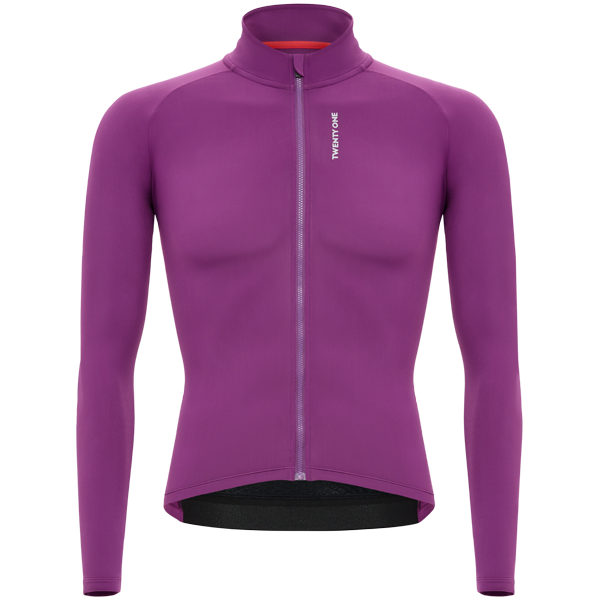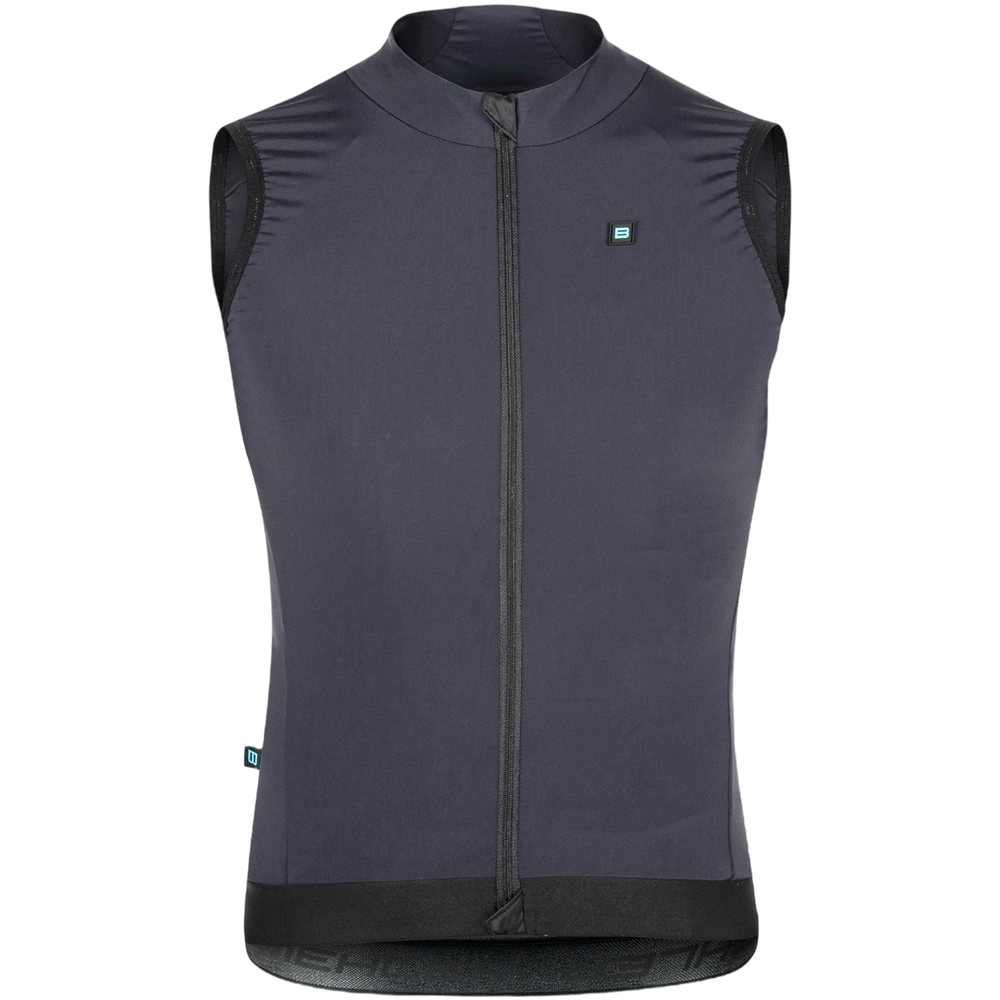About Kask:
an Italian Helmet Icon
KASK is a relative newcomer but already a decidedly established force in helmet design. The story began in 2004, when founder Angelo Gotti began developing his own innovative cycling helmets out of a small workshop in Bergamo, Italy with the dream of creating his own independent company. In just a few short years, they’d outfit Team Sky (now Ineos Grenadiers), and the KASK name would come to be known worldwide.
In the years since, they’ve expanded in engineering and in influence. The company is now based in Chiudino, a small town to the east of Bergamo, where the plains reach the foothills of the Alps. We love their focus on advanced technology, sleek aesthetics, and that every K helmet is still meticulously designed and manufactured in Italy, ensuring top-tier performance and protection.
The Italian Craftsmanship Behind Kask Helmets
KASK helmets are designed to accompany the performance of the world's best athletes. The technologies KASK researches and pioneers are developed into products for sports from cycling to mountaineering and equestrianism, as well as for on-the-job safety in potentially hazardous work environments. The company makes its name on the design and construction of helmets to comfortably and reliably protect your head—and look good doing it.


"Every great adventure starts in your head. We take care of it. We create and develop advanced helmets that combine comfort, safety and design to look just as great as they perform."
Angelo Gotti - CEO KASK
KASK vs. Mips: How Safe Are They?
You’ve probably already heard of Mips, or at least seen those letters before, with relation to helmets. The Mips system is designed to provide added safety for helmets in many accidents by reducing harmful rotational motion that might otherwise be transferred to the user’s head.
KASK uses a similar, but slightly different test than Mips to address those same concerns: the KASK Rotational Impact WG11 Test. According to KASK, most helmet tests use headforms (think: the crash test dummies, but just the head) that have a higher coefficient of friction (think: slipperiness) than those of the human skull, therefore not reflecting what occurs in some accidents. KASK designs and tests their helmets around this headform, and believe it better represents real-world situations with real-world brains.
All KASK helmets pass an independent lab tested safety protocol for rotational and linear acceleration values.
Understanding the Lifespan of a KASK Helmet
The lifespan of a KASK helmet typically ranges from three to five years, depending on usage and care. Sudden temperature changes, the degree to which it is exposed to sunlight, and the intensity of use can all affect the lifespan. Inspect the helmet regularly to check for any damage. Cracks, detached parts, warping, flaking and changes in color are significant elements for verifying the helmet’s state of deterioration; in any case, KASK advises replacing it after approximately 3 years from the original date of purchase, because over time, its capacity for protection decreases due to the aging of the materials.
What is KASK's Warranty Policy?
KASK offers a 2-year warranty from the date of purchase, ensuring protection against any defects in materials or workmanship. Please note that the warranty excludes defects resulting from normal wear and tear, modifications, improper storage, or usage beyond the device's certified capabilities. To submit a warranty claim, please visit dstnc.com/warranty






















.avif)
.avif)

